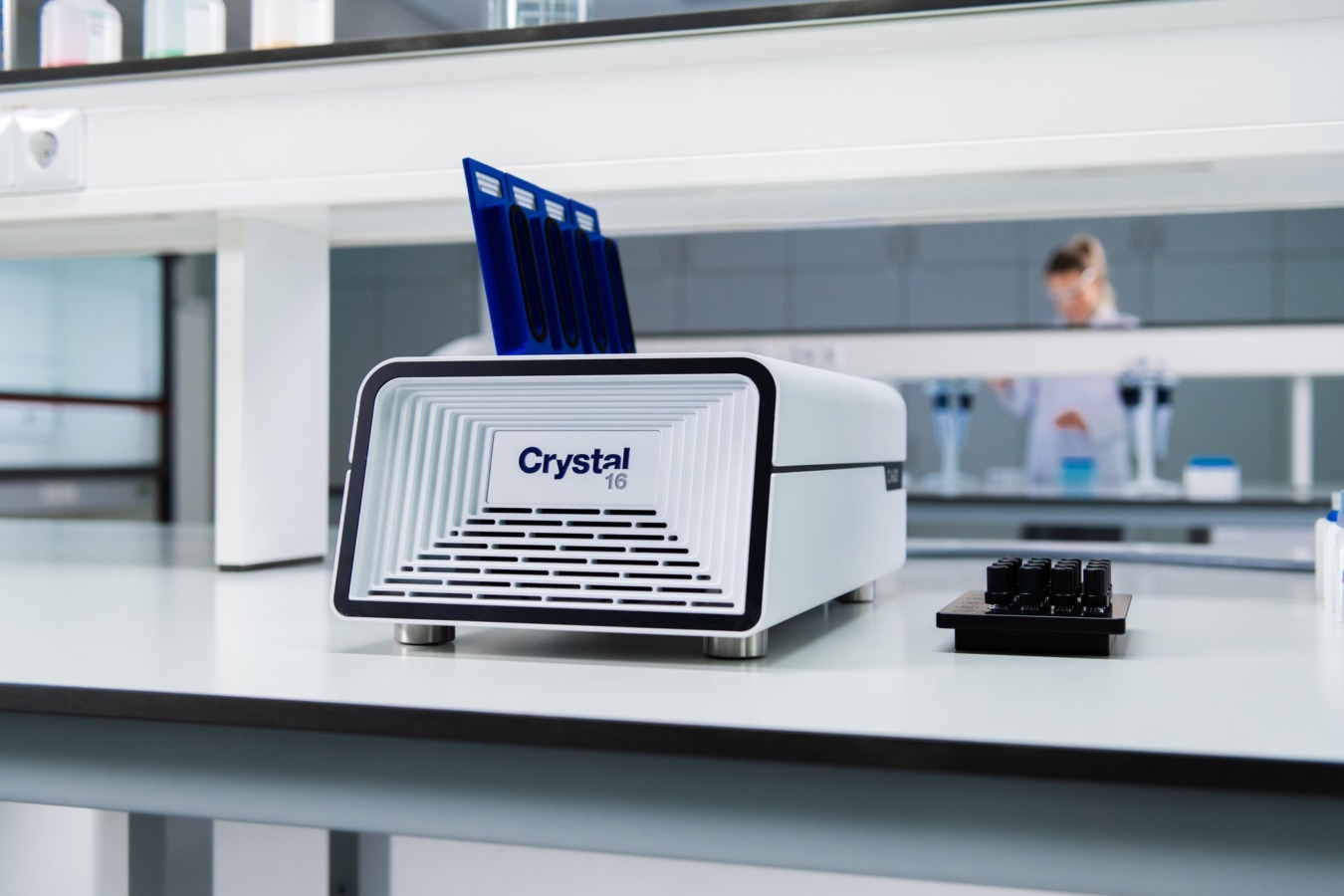The term 'pharmaceutical salt' is used to refer to an ionizable drug that has been combined with a counter-ion to form a neutral complex. More than half of all drug molecules on the market are salts. The main reason behind this is that in general salts have more desirable aqueous solubility (and implicitly bioavailability) profiles compared to the free acid or the free base API (Active Pharmaceutical Ingredient).
Transforming an API into a salt has several other benefits, with different physico-chemical and mechanical properties available, such as dissolution profile, stability, and manufacturability in solid formulations. The difference between the physico-chemical properties of different salts of the same API can be so great, that it has been said that ‘changing the salt is changing the drug’. This is true in the legal context as well, as new API salts are patentable.
Therefore, salt screenings have become increasingly important for protecting your intellectual property, and not only as a way of improving and tuning your APIs properties.

In a recent application note, we present some common salt screening methodologies described in literature, each method having its own advantages and disadvantages. All fundamentally rely on mixing stoichiometric amounts of API and counterion and performing a combinatorial solution or slurry screening.
Salt screening methods:
- In-situ salt screening
- Saturared solution method
- Cooling evaporative method
The size of the salt screening depends on the size of the chemical space which should be explored, i.e. the number of counterions and solvent systems which need to tested. All these methods can be performed on the Crystal16 instrument several orders of magnitude faster and reliably controlling the temperature than performing the same experiments by hand.

Why formulate APIs as salts?
- Improved bioavailability (solubility, dissolution)
- Distinct physico-chemical properties (melting point, hygroscopicity and solid form stability)
- Enhanced manufacturability (chemical stability, drug product stability, flow and compressibility)
Salt screening is more than mixing your API and counterion together. Although apparently simple, in a salt formation reaction one should consider not only the API properties, but also those of the counterion, the solvent involved, together with many other experimental conditions, such as temperature and stirring rate. Several salt screening methodologies can help to cover as much of the chemical space as possible, and using rational approaches also reduces the number of experiments which need to be performed.
The Crystal16 device, having 4 individually temperature and stir controlled zones, 16 reactors each with individual in-line transmissivity analytics, is ideally suited to help you navigate the solid form salt landscape of any API.
Curious to learn more?
Download the application note "Salt Screening with the Crystal16".